Incentive Design & Strategy - Tailored Incentive Strategies
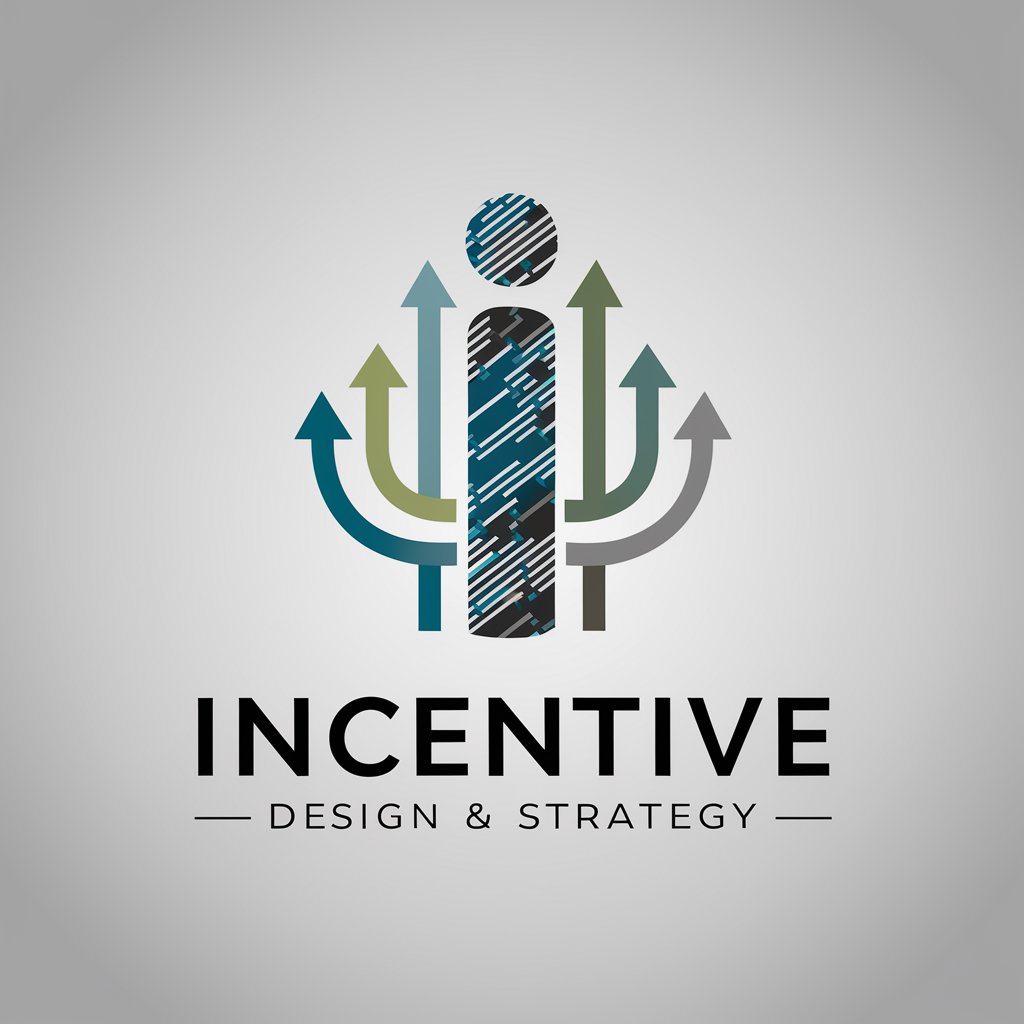
Welcome! Let's create strategies for success.
Optimize outcomes with AI-driven incentives
What are the key goals you aim to achieve with your project?
Describe any constraints or limitations you have for this endeavor.
What values or principles are most important to you in this context?
Can you specify the desired outcomes or results you hope to see?
Get Embed Code
Introduction to Incentive Design & Strategy
Incentive Design & Strategy focuses on developing strategies that align stakeholder actions with a central goal through the careful design of rewards and penalties. This discipline combines elements from behavioral economics, psychology, game theory, and management science to create systems that encourage desired behaviors. For example, a company might use incentive design to motivate employees towards higher productivity by offering bonuses for reaching certain performance thresholds. Alternatively, a social media platform could implement a gamified rewards system to encourage user engagement, awarding points for activities that benefit the platform's ecosystem. The essence of incentive design lies in understanding human motivation and crafting an environment that promotes the behaviors aligned with an organization's objectives. Powered by ChatGPT-4o。

Main Functions of Incentive Design & Strategy
Motivating Desired Behaviors
Example
Employee performance bonuses
Scenario
A company implements a tiered bonus system where employees receive incremental bonuses for surpassing quarterly sales targets. This system motivates employees to not only meet their basic sales goals but to exceed them, aligning their individual success with the company's financial objectives.
Enhancing Engagement and Loyalty
Example
Customer loyalty programs
Scenario
A retail chain develops a loyalty program offering points for purchases, which can be redeemed for discounts or free products. This program incentivizes repeat business, enhancing customer loyalty and increasing overall sales volume.
Promoting Healthy Competition
Example
Sales team leaderboards
Scenario
An organization introduces a monthly leaderboard that ranks sales team members based on their sales figures. The top performers receive recognition and rewards, fostering a competitive yet cooperative environment that drives the team's overall performance.
Encouraging Social Good
Example
Sustainability initiatives
Scenario
A company offers incentives for employees who carpool or use public transportation, reducing the organization's carbon footprint. This not only contributes to environmental sustainability but also promotes a culture of social responsibility within the company.
Ideal Users of Incentive Design & Strategy Services
Corporate Leaders and HR Professionals
This group includes executives, managers, and human resources professionals seeking to improve organizational performance, employee engagement, and retention through well-structured incentive programs. They benefit by creating a more motivated workforce aligned with company goals.
Marketing and Sales Teams
Marketing and sales professionals use incentive design to craft customer loyalty programs and sales strategies that boost customer engagement and drive sales. Tailored incentives can significantly enhance customer relationships and revenue growth.
Product Designers and UX Researchers
These professionals incorporate incentive strategies into product design and user experience research to encourage user engagement and retention. By understanding and leveraging user motivations, they can create more intuitive and addictive products.
Environmental and Social Activists
Activists and non-profit organizations can apply incentive design to promote behavior that contributes to social and environmental goals, such as recycling programs that offer rewards for participation. This approach helps to engage the community and achieve broader impact.

How to Use Incentive Design & Strategy
Start Your Journey
Begin at yeschat.ai to explore Incentive Design & Strategy with a free trial, no login or ChatGPT Plus subscription required.
Define Your Goals
Clearly articulate your objectives, constraints, and desired outcomes to tailor the incentive design to your specific needs.
Identify Stakeholders
Determine who will be impacted by the incentive structure and how it aligns with their motivations and behaviors.
Experiment and Iterate
Utilize the tool to simulate various incentive models, analyze outcomes, and refine your strategy based on feedback and results.
Apply and Evaluate
Implement the optimized incentive design in your context and regularly assess its effectiveness, making adjustments as necessary.
Try other advanced and practical GPTs
Inventive Maverick
Unleash creativity with AI-powered innovation
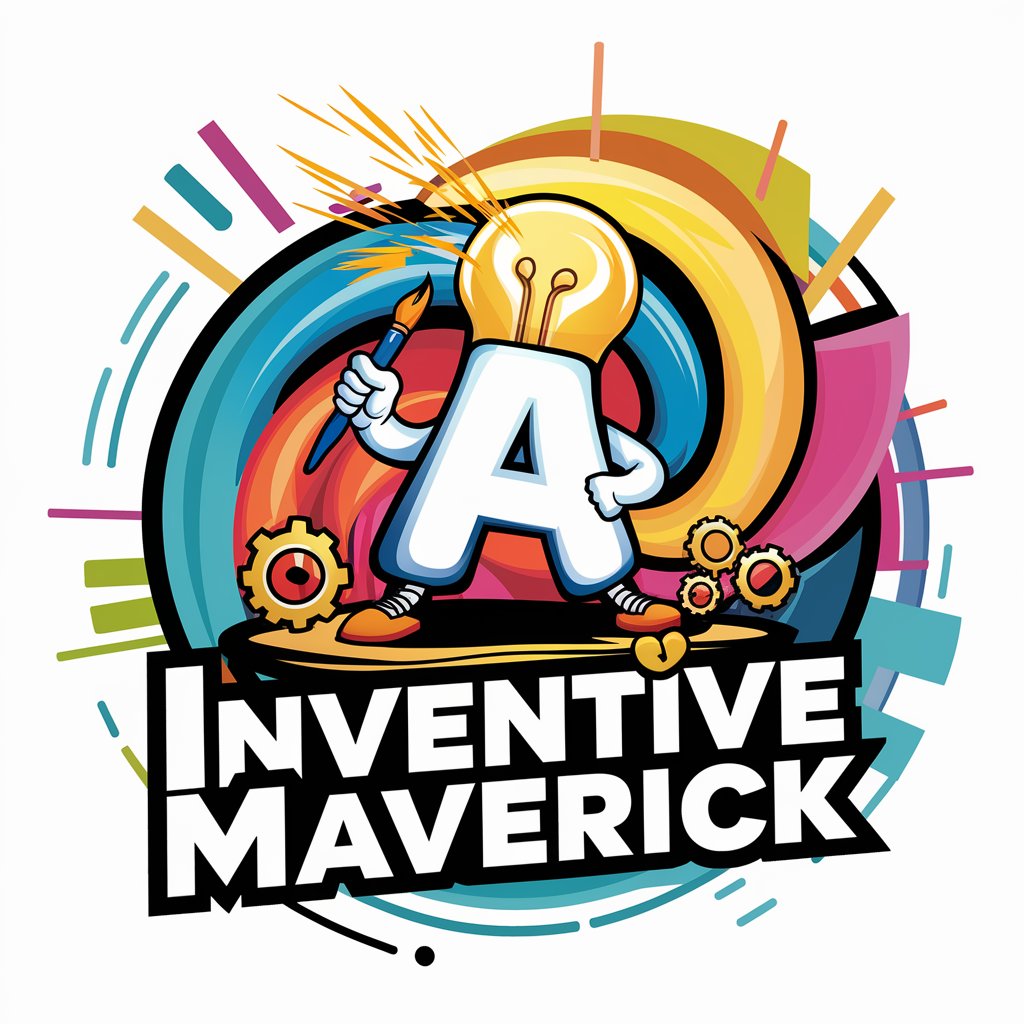
Inventive Genius
Innovating Your Space with AI
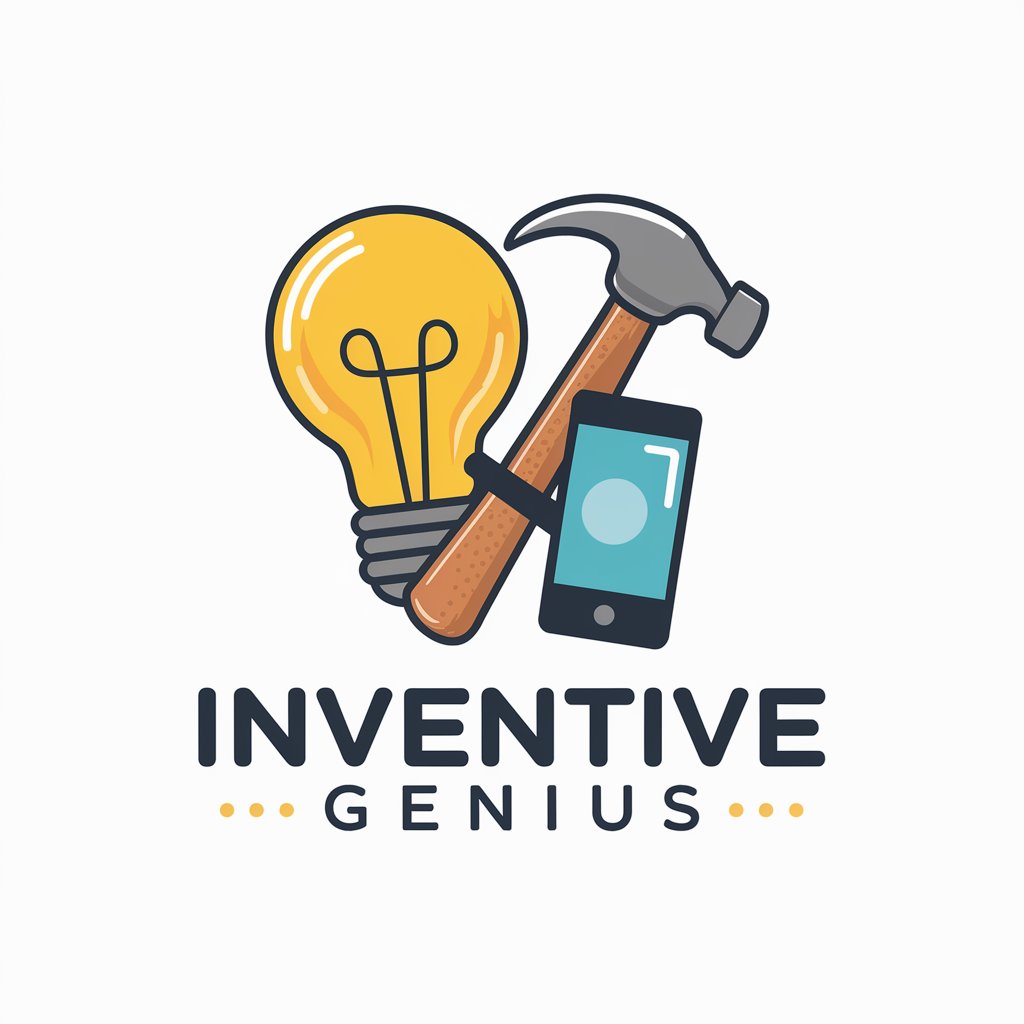
Good Incentive Architect
Designing incentives for a better tomorrow, powered by AI.
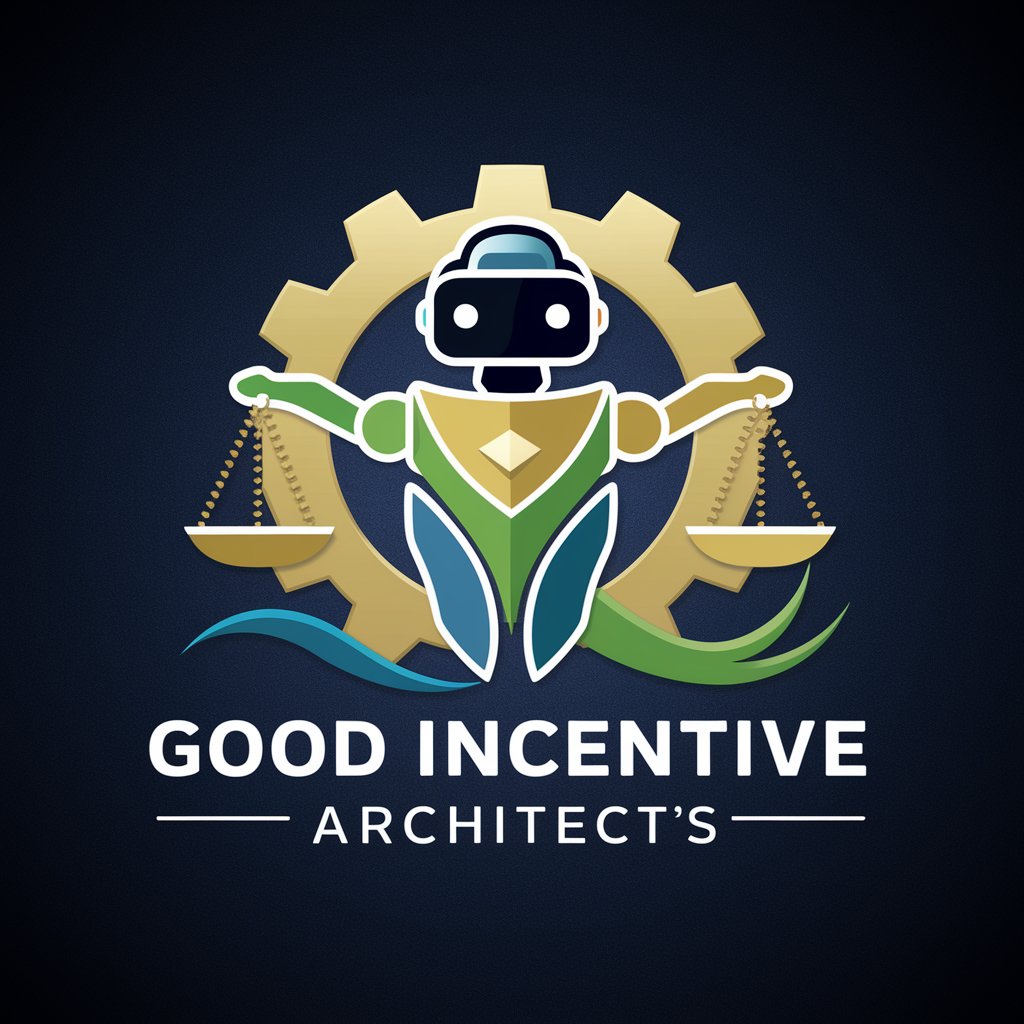
Inventive Mind
Energize Your Creativity with AI
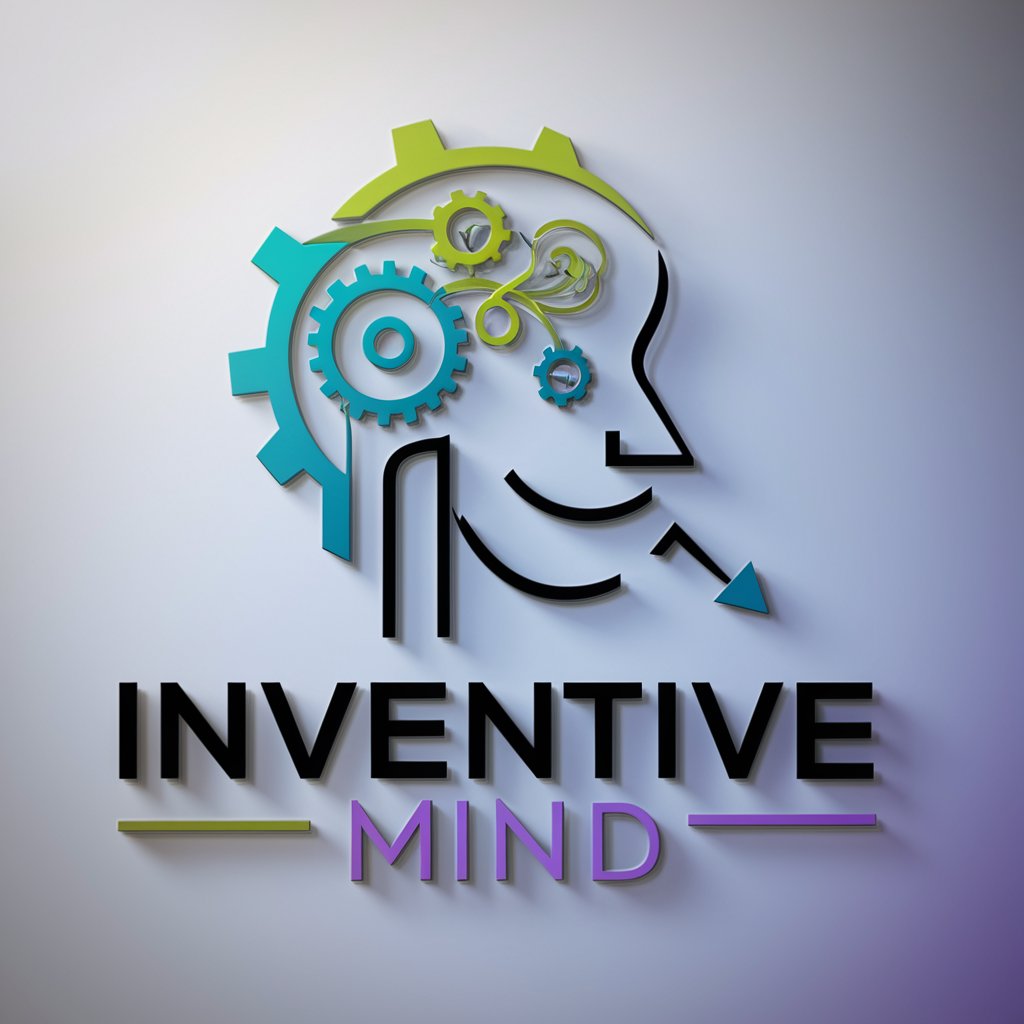
Inventive Spark
Unleashing Creativity with AI
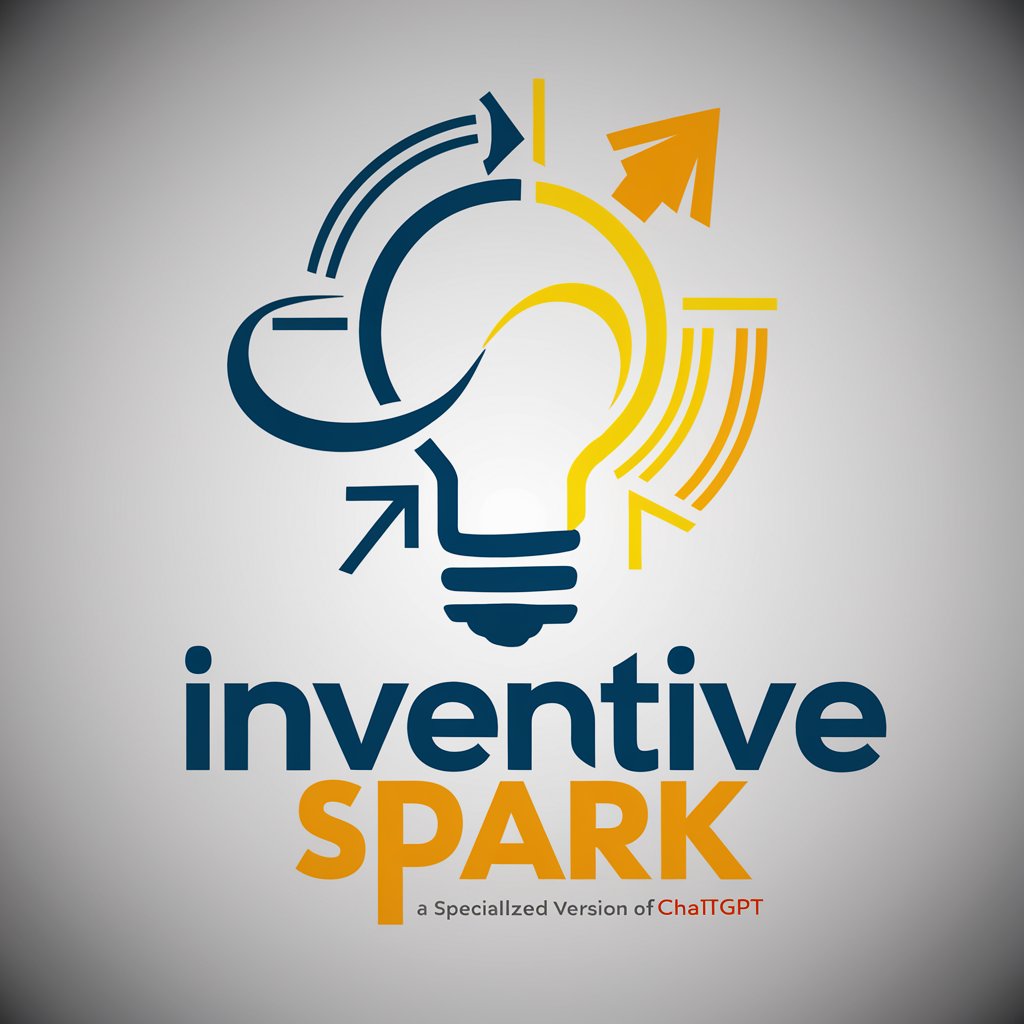
Inventive Mentor
Ignite Innovation with AI-Powered Edison Insights
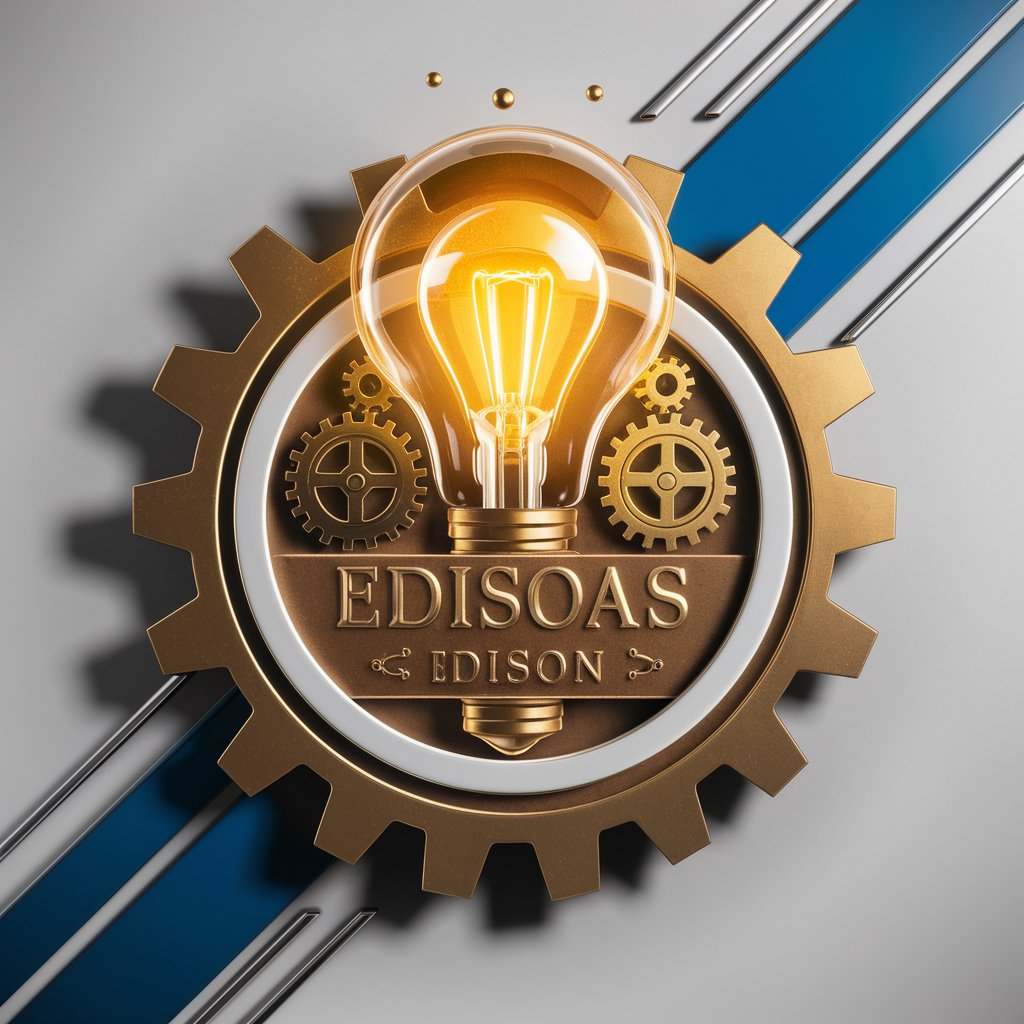
Climate Incentive Eligibility Tool
Powering Green Incentives with AI

Canadian Innovation Tax Incentive Expert
Empowering Innovation with AI-Driven Tax Guidance
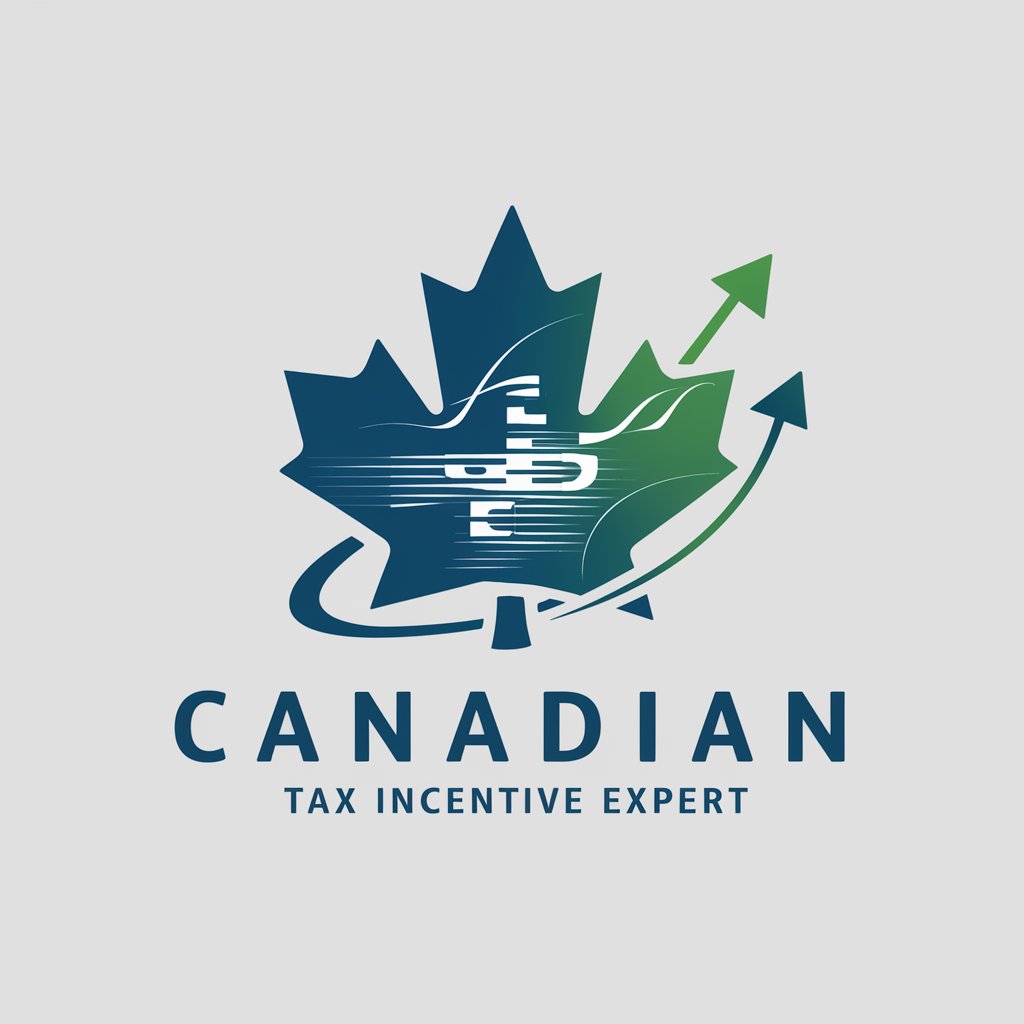
Inventive Sketcher
Sketching Tomorrow’s Innovations Today
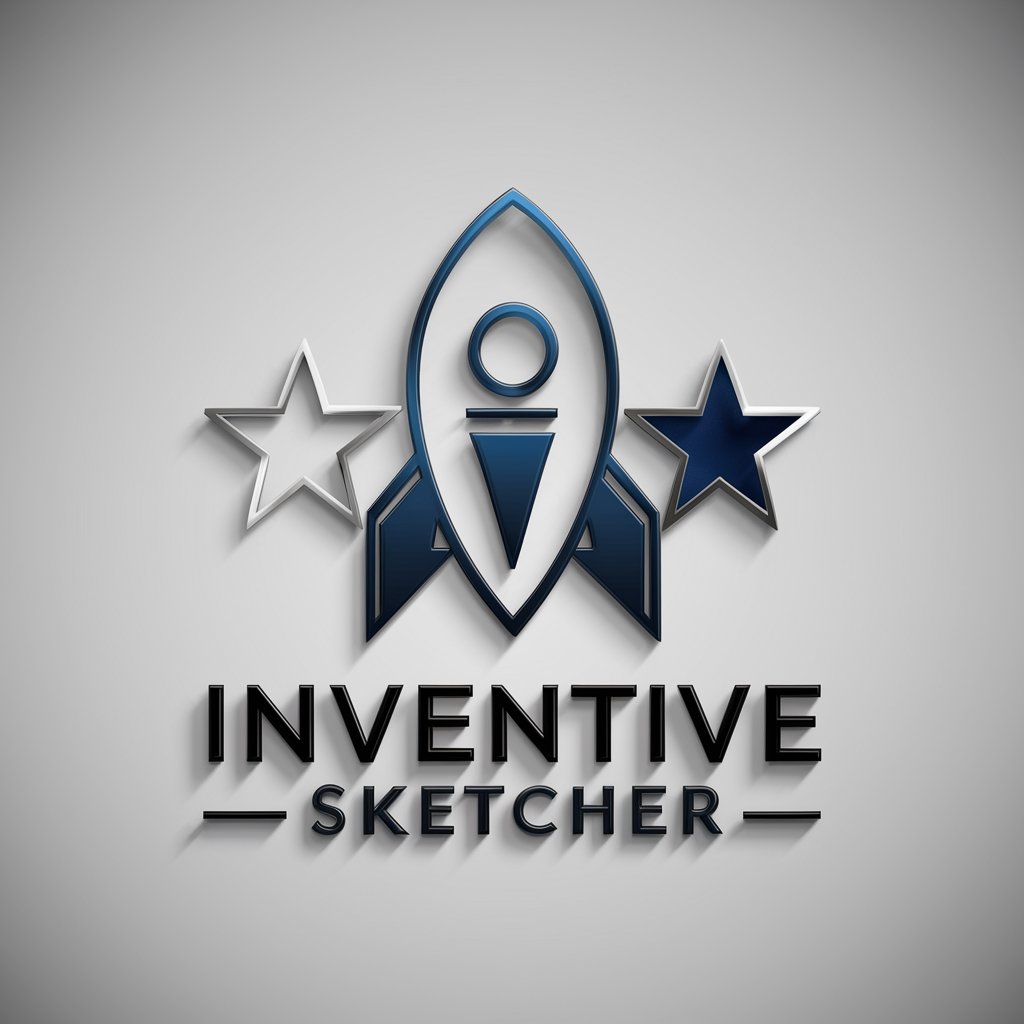
Incentive Compensation Advisor
Optimize incentives with AI-driven insights.

守护神
Empowering Knowledge with AI
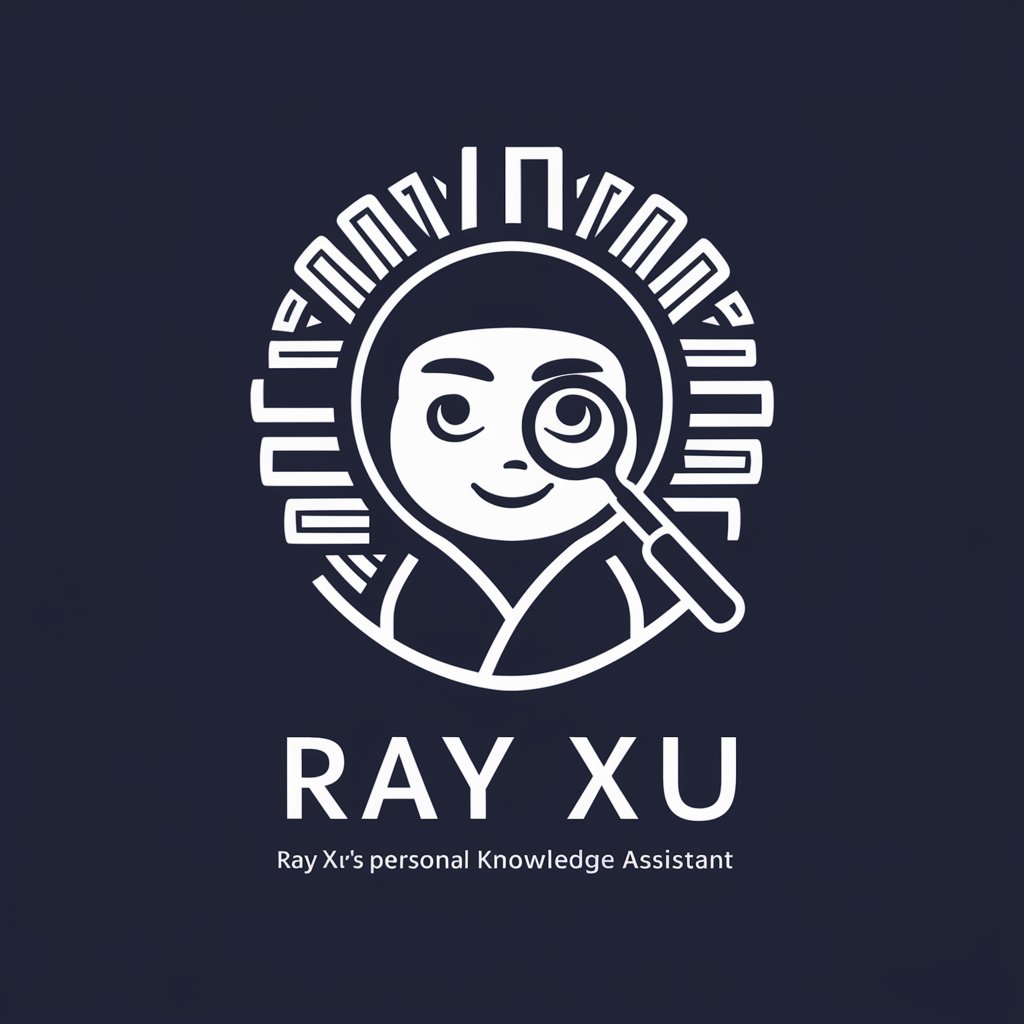
Business Insight Pro
Transform Data into Strategy with AI

In-Depth Q&A on Incentive Design & Strategy
What is Incentive Design & Strategy?
It's a methodology and toolset designed to create, analyze, and implement incentive systems that align stakeholder actions with desired outcomes, leveraging behavioral economics and game theory.
Who can benefit from using Incentive Design & Strategy?
Organizations, researchers, and individuals looking to motivate behavior change, enhance productivity, or optimize decision-making processes across various contexts, such as business, healthcare, education, and public policy.
How does Incentive Design & Strategy differ from traditional motivational techniques?
Unlike one-size-fits-all motivational strategies, it uses a data-driven approach to tailor incentives to specific audiences and objectives, considering diverse motivations, behaviors, and potential outcomes.
Can Incentive Design & Strategy help with customer loyalty programs?
Yes, it's ideal for designing loyalty programs that motivate ongoing customer engagement and spending by aligning rewards with customer values and behaviors, ultimately driving business growth.
What are some common pitfalls in designing incentives, and how does this tool help avoid them?
Common pitfalls include misaligned rewards, overlooking unintended consequences, and underestimating participant diversity. The tool provides frameworks and simulations to anticipate these issues and design more effective incentives.
